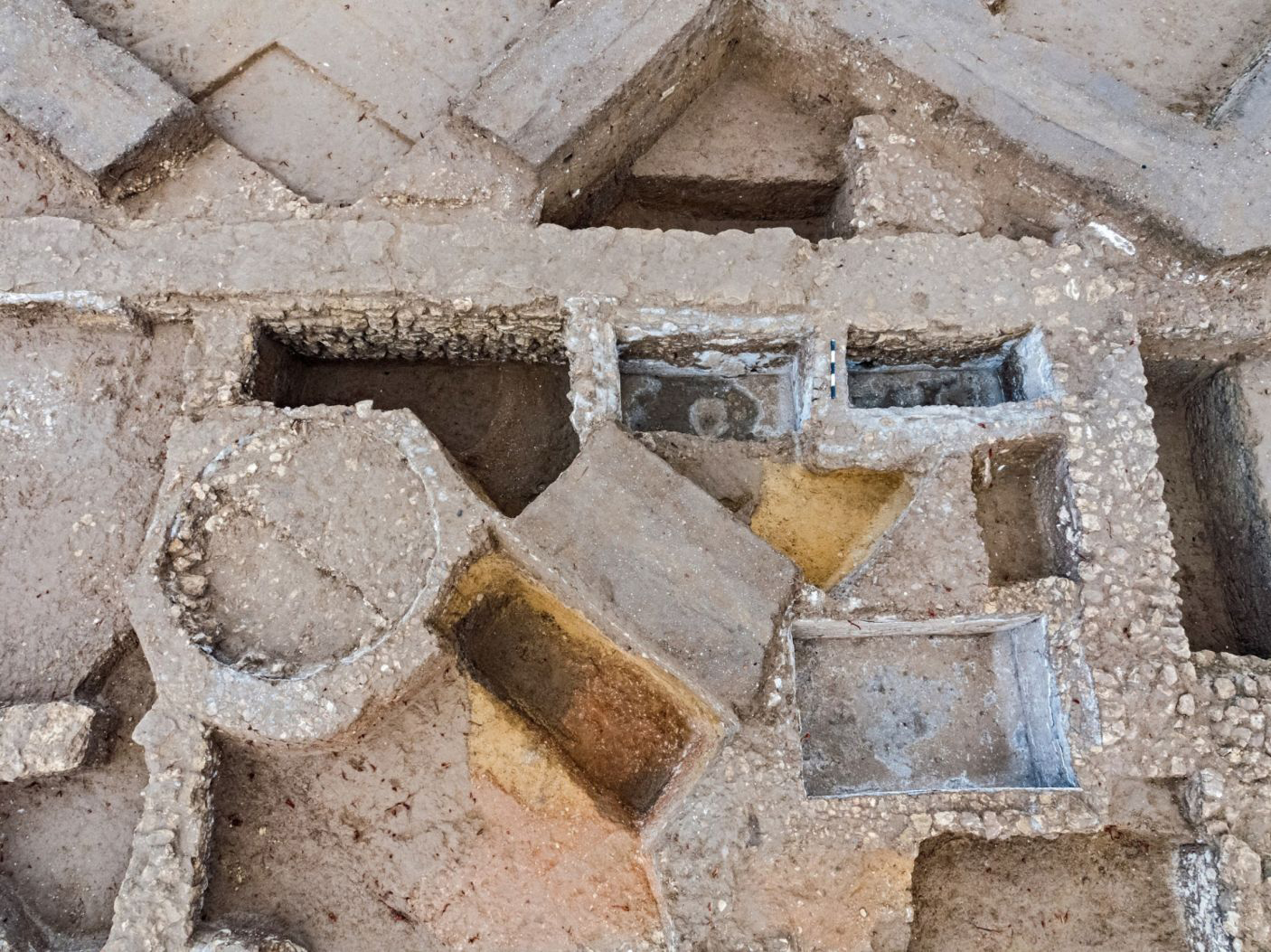A team of archaeologists working in Israel have unearthed the remains of an ancient Roman factory where they manufactured the popular condiment known as garum. Garum, made from fermented fish guts, salt, and herbs, was once the most popular food additive in the Roman Empire, but this is the first production location to be discovered so far from the Roman capital.
Smithsonian Magazine reports that the site was discovered a little over a mile away from the southern Israeli town of Ashkelon. There is only one other site in Israel where garum was produced.
Amanda Borschel-Dan, one of the experts at the site, reported to the Times of Israel that the factory was equipped with fish pools for storing the materials, giant vats for production, and jars and receptacles used to package and preserve the product.

The factory was placed so far from town because the process of making garum is said to be accompanied by a foul odor that was so unpleasant that laws were passed prohibiting its production near populated areas. Although its smell was undesirable, the flavor was not, and it was about as popular within the Roman Empire as ketchup is to America today — if not more so.
Experts suggest that while it was extremely popular its scarcity in the region is due to the smell of the complex production process — which required the garum to fester in jars for months. Romans went crazy for the stuff, but the Jewish people enjoyed it too. Ruth Schuster, from Haaretz, spoke with Tali Erickson-Gini of the Israel Antiquities Authority, who said:
“Ancient sources even refer to the production of Jewish garum. The discovery of this kind of installation in Ashkelon evinces that the Roman tastes that spread throughout the empire were not confined to dress but also included dietary habits.”
The Jewish people most likely had their own facilities constructed in order to ensure that the product met the standards of the kosher diet.
It is a mystery to experts why there are not more remains of these factories littered about the landscape, as garum was so popular. Theories range from the smell prohibiting more such work houses, to the possibility that their laws also prohibited multiple factories. It is also possible that the few factories we have found were able to produce enough garum to send all over the Empire. As it is a condiment, very little would have been used each meal.
Garum was enjoyed across the Western World for centuries, but eventually the stream of putrid fish topping would end as the Roman trade routes were broken up and the Empire dwindled. Smithsonian suggests, however, that this might not have been bad for public health, as garum is said to carry the risk of tapeworm.

